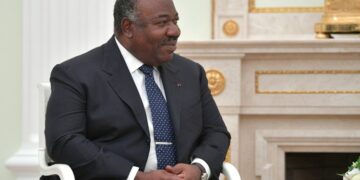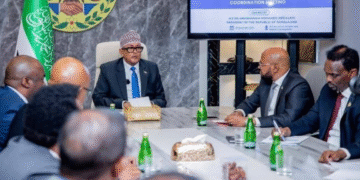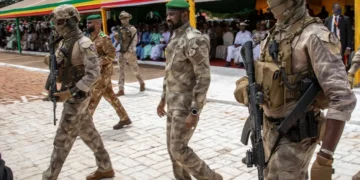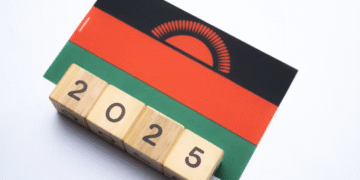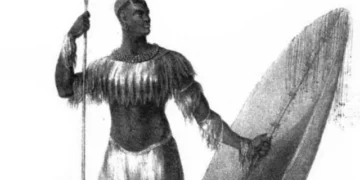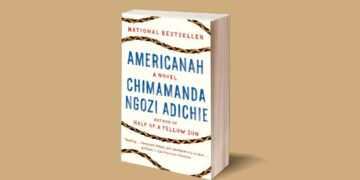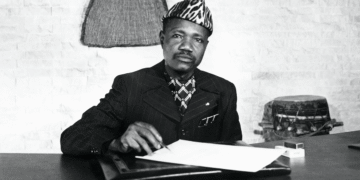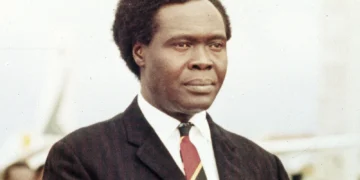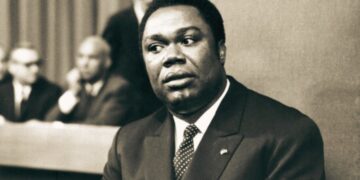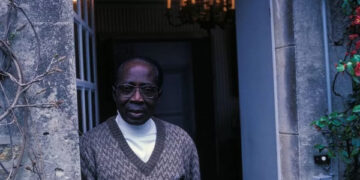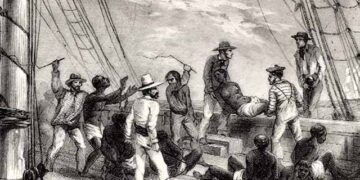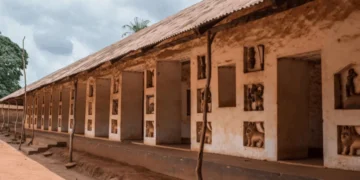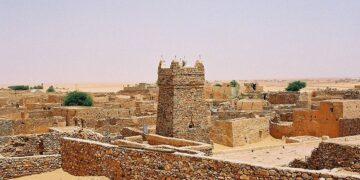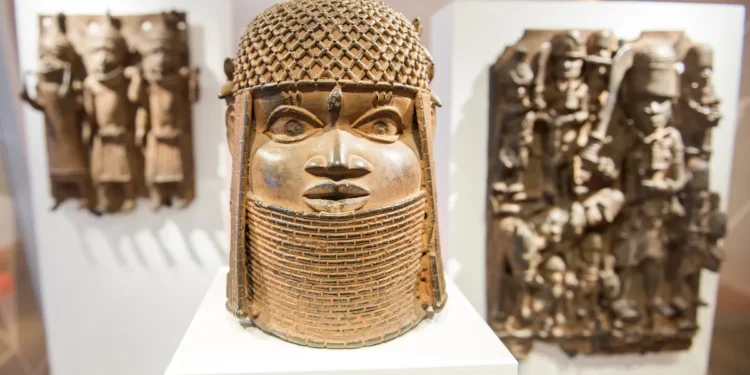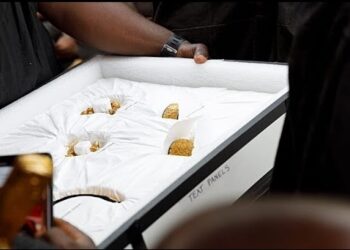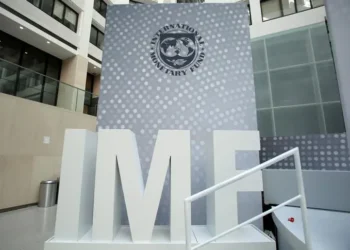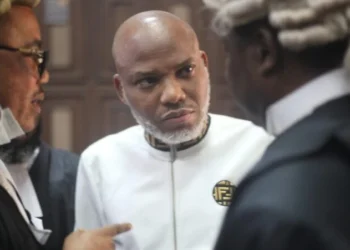The Benin Bronzes are unique artistic treasures that tell stories of glory and power. They are living testaments to a flourishing African civilization, a sophisticated social and political system, and profound spiritual beliefs. These metal artifacts embody the ingenuity of African artists, even if they today represent a painful symbol of the plunder of cultural heritage during the colonial era.
These Benin bronzes are estimated to number around 5,000 artifacts, some dating back to the 14th century. Some say that most of the bronze collection dates back to the 15th and 16th centuries. These artworks reached their highest quality during two “golden ages” of metalworking in the Benin Kingdom/Empire (during the reigns of Esigie, who flourished in 1550, and Eriswen, who ruled from 1735 to 1750).
The Benin bronzes are creations of the Kingdom of Benin, a powerful pre-colonial state in what is now southern Nigeria. The kingdom flourished from the 11th century until 1897. This kingdom was an important commercial, cultural, and political center in West Africa. Its kings, known as “Oba,” wielded great spiritual and temporal authority, and art was integral to enhancing this authority and recording the kingdom’s history.
The forms of the Benin bronzes are strikingly diverse; some are majestic royal heads bearing intricate crowns and delicate facial expressions, while others are paintings depicting scenes from royal life. Religious rituals and battles, in addition to statues of animals and birds that carried special symbols and meanings in Benin culture. These pieces decorated the palaces of the Oba and temples and were used in important ceremonies and ceremonies.
The maker of these bronzes required exceptional skill and a deep knowledge of metal casting techniques. Benin craftsmen worked in specialized workshops, passing their skills down from generation to generation. They used the complex “lost wax” technique to create precise molds, into which they poured molten bronze to produce unique masterpieces.

The golden age of Benin bronzes came to a tragic end in 1897. During the period of European colonial expansion, British forces launched a brutal military campaign against the Kingdom of Benin. The stated motive was revenge for an earlier attack on a British mission, but the real goal was likely to control the region’s trade resources and bring the kingdom under British influence.
Benin City fell, and widespread violence and looting ensued. Not content with seizing territory and power, British soldiers also stole and looted thousands of precious Benin bronzes. These treasures were taken to Britain as spoils of war and housed in museums and private galleries throughout the Western world.
The loss of these bronzes was a deep wound in the collective psyche of the Benin people (also called the Edo people), as taking the bronzes—which recorded their history—away was tantamount to uprooting a living part of their memory and heritage.
Over the next century, the Benin bronzes became a symbol of colonial plunder and the dispossession of cultural heritage. They remained on display in Western museums, often without sufficient context to explain their cultural and historical significance.
Calls for the return of the Benin bronzes to their owners and region of origin have grown louder in recent decades. In April 2025, demands and efforts mounted from the Nigerian government, cultural organizations, and individuals to return these treasures to Nigeria. Many Western institutions and museums faced accusations of supporting historical injustices against the Kingdom of Benin, forcing these institutions to respond to the mounting pressure.
Germany was among those under pressure, announcing its intention to return a significant portion of the Benin bronzes housed in its museums. The repatriation process began in 2022, a historic step followed by similar initiatives from museums in the United States, Britain, and other countries.
However, the repatriation process remains complex and faces many challenges. Legal and logistical issues must be resolved, as well as concerns about how to properly preserve and display these pieces upon their return to Nigeria.
There are also questions of ownership, some of which Noah Anthony Enahoro raised in his 2024 article, which revealed that in December 2022, tensions flared when German diplomats paid a visit to Nigeria’s capital to hand over 22 bronzes from their collection. The Germans gave the artifacts to the NCMM this time. They are in the NCMM’s control and are securely stored. There is no indication that they will be put on exhibit.” (The German government ceded ownership of its 1,130 Benin Bronzes to the NCMM, but only 22 were formally handed over.)
According to Enotie Ogbebor, an artist and curator who has lived in Benin City his whole life, “As a Nigerian, the bronzes represent evidence of civilization,” Ogbebor says. “They are evidence of an organized society and symbolize the ingenuity of our people.” For Ogbebor, the bronzes “are the very pedestal that our ancestors built for us to expand on.”
Traditional leaders in today’s Benin City (now the capital of Edo State) believe the return of their looted bronzes is essential, as they are echoes of the past, a testament to their creativity and resilience, and a call for justice and fairness. They also serve to inspire future generations.








